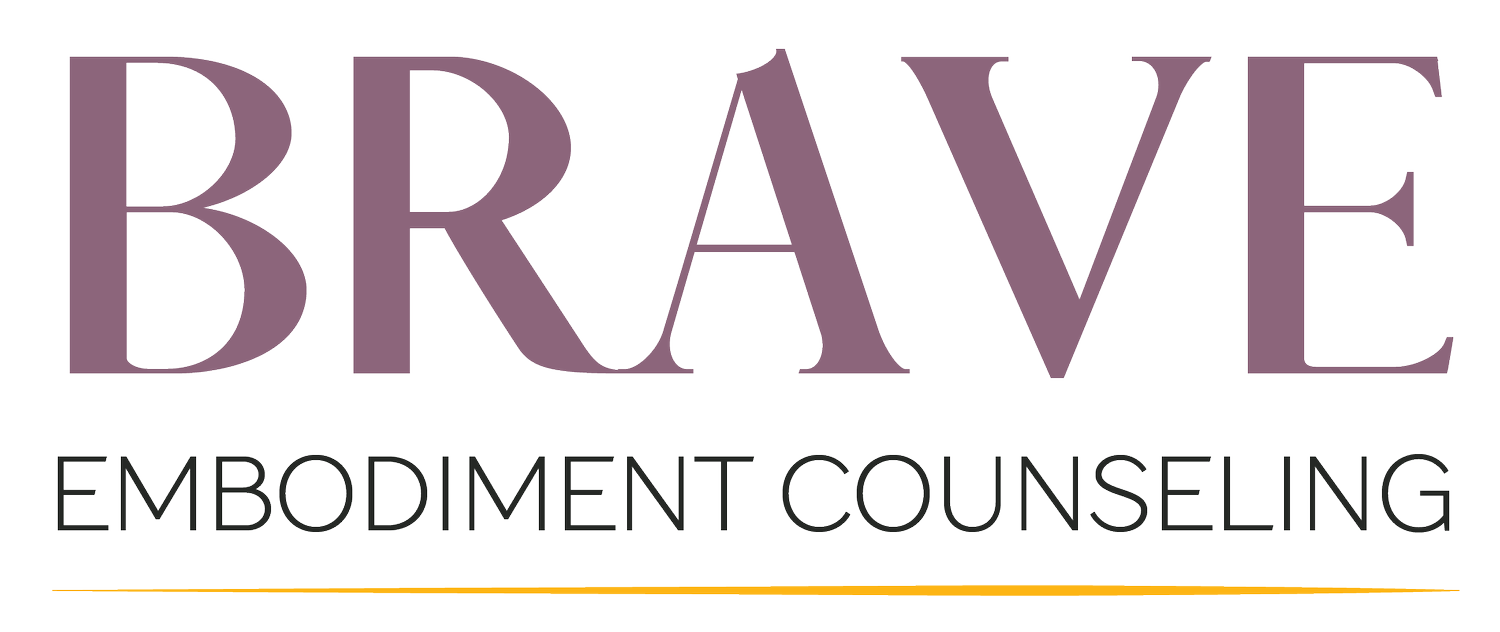What is an Attachment Style?
Your attachment style is the way you connect with and relate to others in your life.
You are born with an innate attachment system designed to help you get your physical and emotional needs met by your caregivers. The way your primary caregivers respond (or do not respond) to meeting your needs shapes how you understand close relationships as you grow older.
This becomes a relational “blueprint”, which is wired in your brain, body, and nervous system and typically determines how you interact in all future relationships.
If your caregivers took care of your needs enough (studies show about 30% of the time), your attachment system determined that most people are reliable and safe. You developed what is called a secure attachment style.
If your caregivers failed to meet your needs or acted in an unsafe manner when you expressed your needs, your system may have determined that those closest to you were not safe, reliable or secure. Your attachment style is called insecure.
Overall, there are 4 main attachment styles. Below we’ll take a brief look at each.
Secure Attachment
Like we mentioned, secure attachment happens when you can trust your caregiver will consistently and safely meet your physical AND emotional needs.
As a child, when you cried, you were consoled. When it was dinner time, you were fed. Your caregivers took the time to “tune into” what you needed.
As an adult, you are generally willing to trust others, initiate and accept conflict resolution, and comfortably express your needs.
Other characteristics of secure attachment in adults include:
-A strong sense of respect for self and others
-Set and maintain boundaries dependent on own needs
-Can experience empathy and compassion for self and others
-Intimacy and commitment is welcomed
Avoidant Attachment
If your caregivers were unavailable, insensitive of, or rejected your needs as a child, then your attachment system learned to disconnect-or avoid-emotional and physical closeness.
As a child, you and your nervous system learned you could not rely on others to get your needs met.
As an adult, you may believe you are on your own. Asking for help can feel incredibly uncomfortable.
Other characteristics of avoidant attachment in adults include:
-high sense of independence
-sabotaging relationships to avoid intimacy
-high standards for others
-difficulty expressing feelings to others
Ambivalent/Anxious
If your caregivers were inconsistent with their ability to meet your needs, you learned that connection with them was not guaranteed. As a result, you learned to be extra aware of their behaviors and mannerisms in order to figure out what would work best to get their attention.
As a child, you learned to put others' needs before your own. You also may have become anxious or fearful when your caregivers left.
As an adult, you struggle to trust yourself. You deeply desire connection while also fearing abandonment.
Other characteristics of ambivalent/anxious attachment in adults include:
-Holding others to unrealistically high standards
-Difficulty self-regulating
-Anxiety or fear when partner is not there
-Difficulty expressing needs to others (frequently looks like complaining or criticizing)
Disorganized Attachment (Fearful-Avoidant)
If your caregivers were a source of fear, perhaps due to chaos or abuse, your attachment system became wrapped up in your threat response of fight/flight/freeze. This can result in a disorganized (also known as fearful-avoidant).
As a child, you may have frequently been on edge. You desperately wanted attention from your caregivers but also feared what their response would be.
As an adult, you may want close relationships while also fearing intimacy. This can result in a “see-saw” of emotions and behaviors, almost like one minute you are open and receptive, and the next moment you are withdrawn and anxious.
Other characteristics of disorganized attachment in adults include:
-Believing that relationships will ultimately fail
-Difficulty regulating with self and others
-Constantly on edge for shifts in other’s moods
-Confusion about own emotions and relationships in general
Important Note: Attachment styles are NOT set in stone. In fact, we may even attach differently depending on who the relationship is with. Working with a therapist who understands attachment styles can help you move from your old ways of relating to a more secure approach.
Want to work on healing from attachment wounds? Connect with us for a consultation at info@bravecounseling.com or 720-923-3033.
